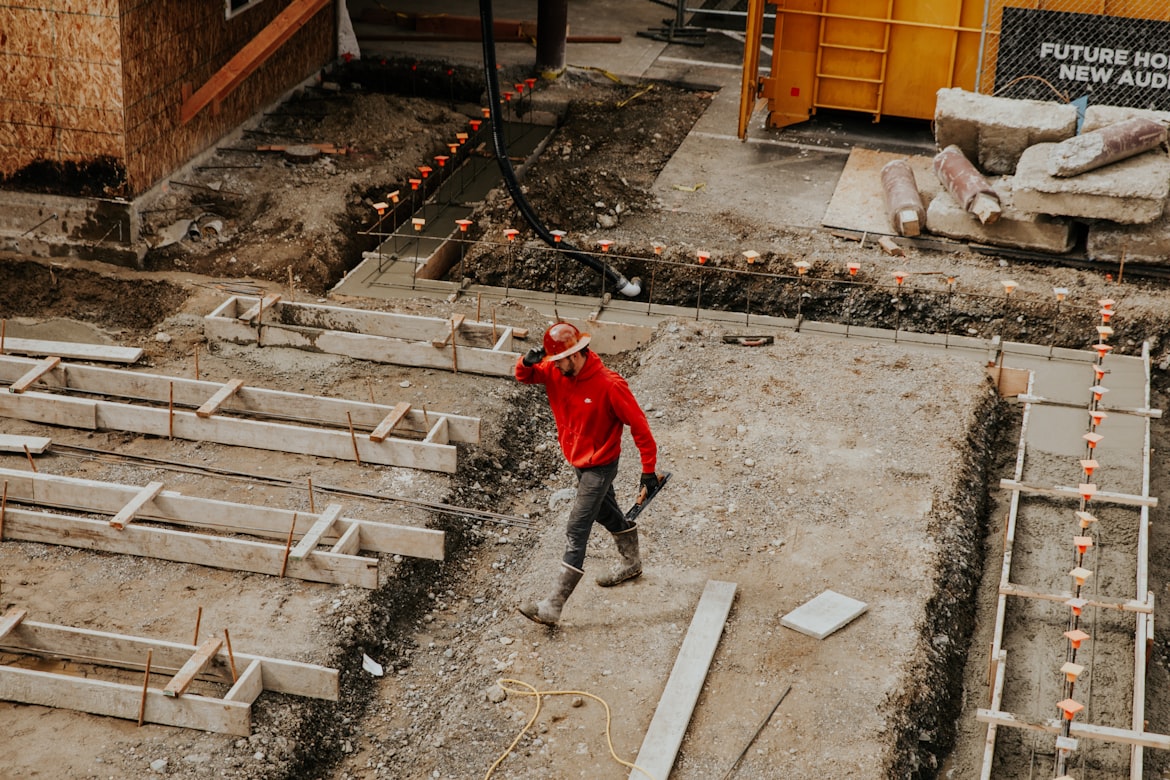A Contractual Bridge: Liquidating Agreements
When anything goes awry on a building project, the parties have to figure out who is responsible and how to get them to do so. There may not be direct contractual responsibilities between the person accountable and the party that was harmed by the situation, and that might impede a recovery. In most cases, a subcontractor is the victim of an owner's negligence. For this reason, the subcontractor may seek to solve the issue by enlisting the help of an intermediate party that may pursue a claim on its behalf, allowing the subcontractor to collect, forcing the owner to pay, and minimizing damage to the party in the middle.
The Problem: A Lack of Objectivity
A building project is littered with contracts outlining the rights and responsibilities of the many stakeholders. Design-bid-build and construction manager at risk are the two most frequent project delivery techniques (and the corresponding contractual arrangements that go along with them). A general contractor or a construction manager (CM) will engage into a contract with the project owner for each of these delivery options. The general contractor, or CM, will then sign into individual subcontracts with numerous subcontractors to complete the project.
A subcontractor may be affected by the owner's activities throughout the building of the project. Steel subcontractors, for example, may incur increased expenses if an owner delivers the improper structural steel design. Or, the owner may be held liable for an occurrence that has an influence on a subcontractor, such as floods caused by a change in the site's condition and resulting in higher excavation expenses.
Because the owner is ultimately accountable for such expenditures, the subcontractors in these situations lack privity of contract with the owner. Subcontractors can only file a claim for breach of contract against the owner, not the owner.
The Liquidating Agreement Is The Answer
Liquidating agreements between the general contractor and the subcontractor might be used to recover such claims. The "pass-through" claim will then be pursued by the general contractor on behalf of the subcontractor. A pass-through claim is handled according to the terms of a liquidation agreement. According to one court's explanation:
As part of a liquidating agreement, the general contractor is held liable for the increased costs of a subcontractor, giving the general contractor a basis for legal action against the owner; a liquidation of that liability, and a "pass-through" provision that allows the subcontractor to benefit from that recovery.
Liquidating agreements can and should cover various rights and duties between the parties in addition to the essential aspects. This includes determining how the parties will pay for attorney's fees and other costs, how any recovery will be divided among the parties (including any counterclaims), and how indemnification will be handled, just to name a few.
In A Settlement Agreement Or In A Subcontractual Agreement
When a disagreement occurs, a settlement agreement known as a "liquidating agreement" is usually formed. Subcontractor and general contractor attempt to minimize duplication of lawsuits and contradictory outcomes by entering into the agreement and concentrate their efforts on the party ultimately responsible: the owner. It is also possible for parties to tailor their agreement such that it addresses the specific pass-through claim at issue as well as other factors surrounding the dispute.
When a dispute emerges, it is possible for parties to add a liquidation agreement in their subcontract. In this case, the liquidation agreement has a more lenient nature. Liquidating agreements are rare in subcontracts, but when they do appear, it's usually in the dispute resolution or modifications provisions. If the main features are included, liquidating agreements in subcontracts need not be long. Here's one example, but there are countless others:
To the extent that the Owner's actions result in a subcontractor's right of recovery, that amount will be restricted. Any payment owed to the subcontractor by the contractor will not be owed to them by the owner. Except for monies that Contractor may receive from Owner on behalf of Subcontractor and pay to Subcontractor, Subcontractor waives all further payment rights arising from Owner's actions.
In some cases, the parties may find it essential to add or fine-tune particular clauses following a dispute.
The Severin Doctrine Is A Danger
While a liquidation agreement is an effective relief tool, the parties must be mindful of any difficulties. In reality, the Severin doctrine, which emerged from the case of Severin v. United States, led to the development of liquidating agreements. Under this doctrine, a general contractor cannot sue an owner on behalf of a subcontractor if the general contractor has no liability to the subcontractor for the owner's actions (for example, because there is a no damages for delay clause in the subcontract or because the claim was unconditionally released). It is therefore important for a subcontractor to ensure that the general contractor is still accountable for any ultimate recovery from the owner. As an example, the subcontractor may include: To the extent that Contractor obtains money from the Owner for Subcontractor's losses, the Contractor is obligated to pay Subcontractor's damages to the Contractor.
Conclusion
Subcontractors on a construction project can benefit from liquidating agreements, which can help them recover from legal issues and offer them with appropriate redress. They must be sure to include the essential parts so their agreement is effective, and they must also carefully explain how to divide expenses, duties and recoveries in order to avoid any misunderstandings.

